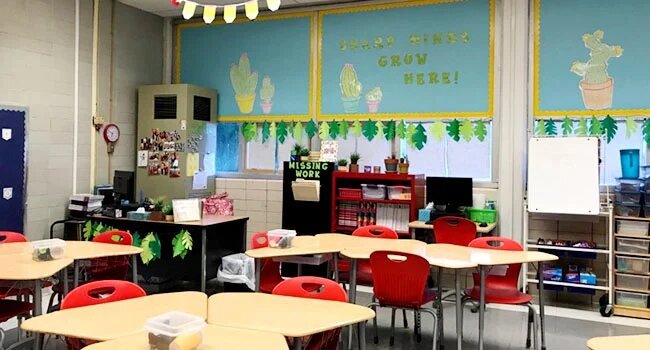At the end of the year, it is said (or sung) that old acquaintance should be forgot. But as we prepare to close out the calendar and delve into a new one, we’re focused on what should be remembered from 2019: lessons learned, skills acquired, and relationships built.
Our end-of-year reflections also include the informational impacts made from the year’s blog posts. Below is a collection of our favorite Arey Jones blogs from 2019.
Most Popular Devices of 2018 topped the list of most popular blogs. Its comprehensive guide gave shoppers, educators, and administrators an inside look the latest and greatest in Chromebooks. The feature comparison between several different brands helped readers discern which model would best fit their needs.
Intended for teachers, It’s Time to Redesign Your Learning Spaces, explained how EdTech is challenging the norm of classroom design. The blog also offered helpful and practical suggestions for changing up classroom layout in an effort to increase collaboration and efficacy.
It’s easy to get overwhelmed with technological clutter. That’s why Clean Out Your Electronic Files Like a Pro was a hit with readers. This piece provided detailed instruction aimed at helping computer-users simplify and organize their documents.
In the spirit of March Madness, The Biggest Players in Tech highlighted two major tech companies and their respective, successful products. Looks like a win-win to us!
The struggle to stay organized is one that all educators bear. Teaching Tips: How to Stay Organized All Year provided teachers with valuable advice and practical tools for effectively and efficiently completing workday duties (so that they didn’t become evening and weekend chores).
So here you have it: Arey Jones’s favorite blogs of the year. What content would you like to see highlighted in our 2020 blogs? Comment below!




















